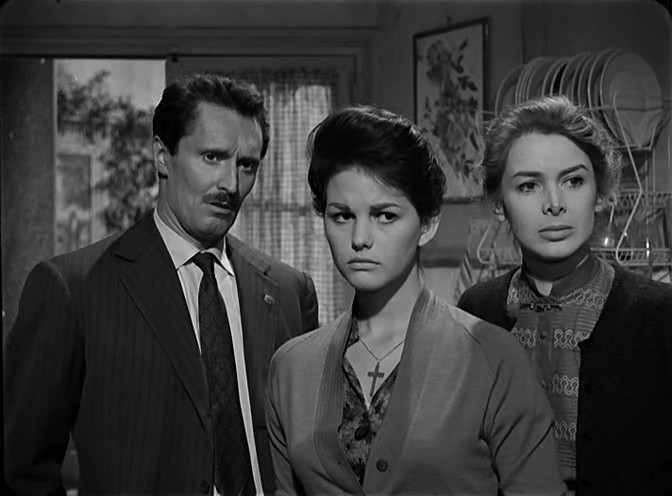priceless-stories.org – “The Facts of Murder” (1959), directed by Pietro Germi, is a classic Italian crime film that masterfully blends elements of mystery and social commentary. Based on the novel by Carlo Emilio Gadda, the film offers a gripping narrative that explores the intricacies of human behavior and the pursuit of justice. This article examines the thematic depth, character exploration, and enduring impact of “The Facts of Murder.”
Plot Summary
Set in post-war Rome, “The Facts of Murder” follows the investigation led by Inspector Ingravallo, portrayed by director Pietro Germi himself, into a series of interconnected crimes, including a theft and a murder in a wealthy neighborhood. As Ingravallo delves deeper into the case, he uncovers a complex web of secrets, lies, and hidden relationships among the residents. The film artfully unravels the mystery while exposing the societal dynamics at play.
Themes and Analysis
At its core, “The Facts of Murder” is a sophisticated exploration of human nature and the moral ambiguities that arise in the face of crime. Germi uses the investigation as a lens to examine the flaws and contradictions inherent in his characters, highlighting how personal desires and societal pressures influence behavior.
The film also addresses themes of class disparity and the facade of respectability. As Ingravallo navigates the investigation, he encounters individuals who are driven by greed, jealousy, and ambition, revealing the darker aspects of human nature. This exploration of moral complexity adds depth to the narrative and challenges viewers to consider the underlying motivations of the characters.
Visual Style and Cinematic Techniques
Germi employs a neorealist approach, capturing the authentic atmosphere of Rome with its bustling streets and diverse inhabitants. The film’s black-and-white cinematography, by Leonida Barboni, enhances the noir-like quality of the mystery, using shadows and contrasts to create a sense of tension and intrigue.
The director’s meticulous attention to detail is evident in the film’s carefully constructed scenes, which balance moments of suspense with character-driven drama. The use of close-ups and dynamic compositions draws viewers into the emotional landscape of the film, heightening the impact of key revelations.
Legacy and Impact
“The Facts of Murder” is celebrated for its skillful blend of mystery and social critique, earning acclaim for its insightful portrayal of post-war Italian society. Germi’s performance as Inspector Ingravallo adds authenticity to the narrative, while the film’s exploration of human nature has resonated with audiences and critics alike.
The film’s influence can be seen in its contribution to the Italian crime genre, paving the way for future explorations of complex moral themes within the framework of a detective story. Its enduring appeal lies in its ability to engage viewers with its intricate plot and thought-provoking commentary on human behavior.
Conclusion
“The Facts of Murder” is a captivating crime film that offers a rich tapestry of mystery and morality. Through its compelling characters and nuanced storytelling, the film provides a timeless exploration of the complexities of human nature and the pursuit of truth. As a significant work in Italian cinema, it continues to captivate audiences with its sophisticated narrative and social insights.
